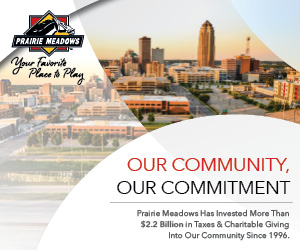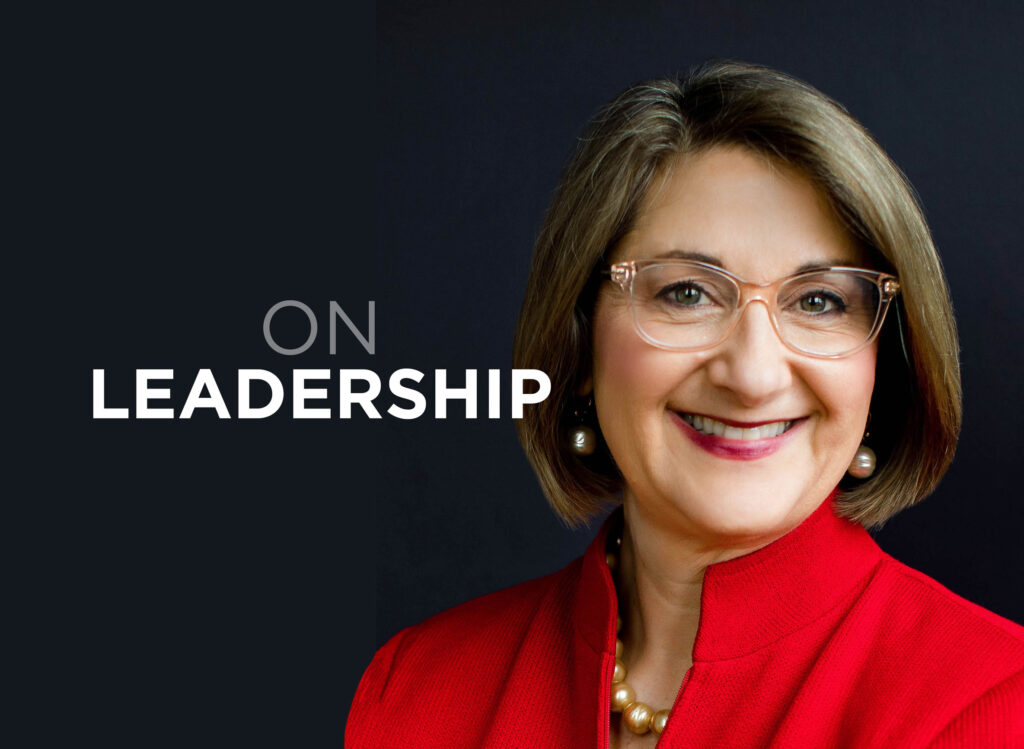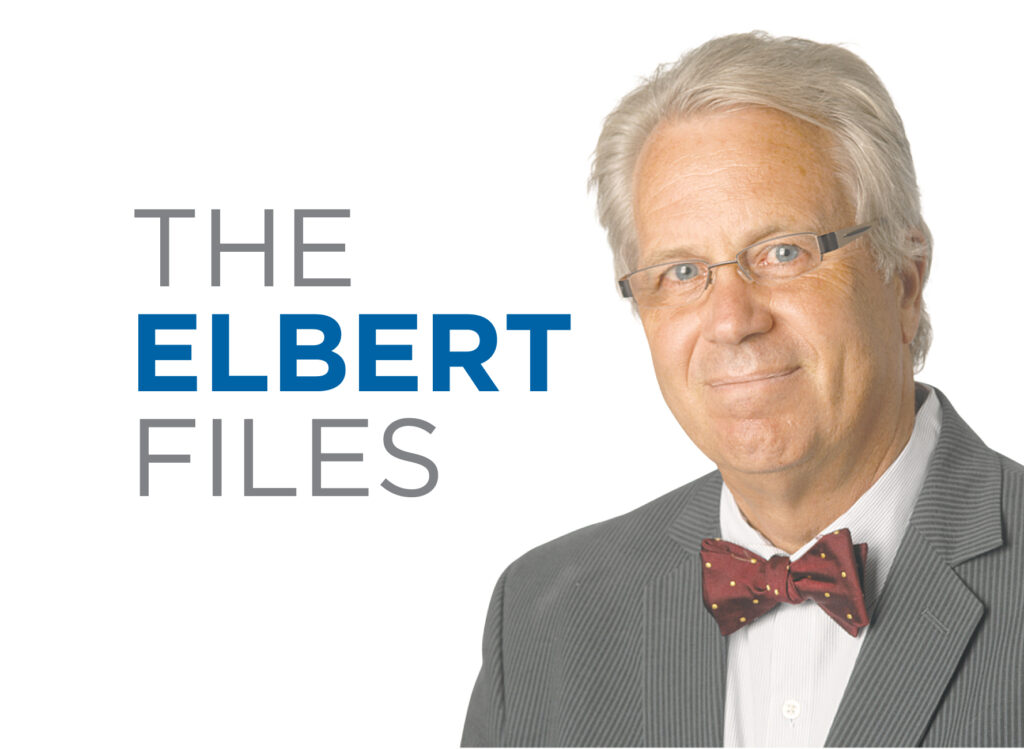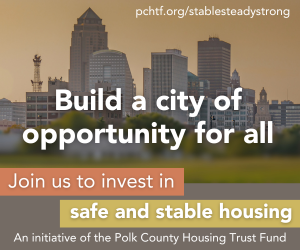On Leadership: Rethinking the organization

Workforce and talent are on almost every leader’s mind these days, so I was intrigued when I came across a new report from Korn Ferry called “Future of work trends 2022: A new era of humanity.” This report reinforced what I’ve been hearing from leaders and employees alike: If your organization is not exploring new and people-centered ways of working, it’s time to start.
Because we have all experienced such radical changes over the last few years, rethinking the organization and how teams work is critical. The Korn Ferry report asserts that in the past we have been accustomed to thinking about work in terms of jobs, but today leaders need to think creatively about capabilities and skills to recruit and retain staff.
“Power has shifted,” says the report. “From organizations to people. From profit to mutual prosperity. From ‘me’ to ‘we.’”
The report goes on to say that an organization is only as good as the people it employs. New or fluid organizational structures – such as flatter, nonhierarchical structures or project-based work – may be the wave of the future, providing the fluidity and agility needed to compete.
I asked top local leaders the following question: “What are new, agile ways of approaching organizational structures or workforce arrangements that you are exploring or would like to explore?
Peter Bratney, president and CEO, Bratney: A big part of our culture at Bratney is support for personal and family commitments. There will be times when job duties need to take a back seat to family or personal circumstances. Offering flexibility to deal with these periodic obligations helps retain great employees. That said, this is more than just a commitment from the employer. It also creates additional responsibility for one’s fellow employees — the work still needs to get done. Creating a culture where employees know their co-workers and company have their back will contribute to strong trust and lasting bonds amongst the team and within the company.
Dr. Anthony B. Coleman, president and CEO, Broadlawns Medical Center: We are set to experiment with Shared Governance Councils. This is a partnership model between executive leadership and individuals from every level of the organization, using their knowledge and expertise to impact decision-making at the organizational level. Shared Governance Councils exist for nursing, informatics, professional development and employee engagement. I feel this model will foster a sense of belonging within the organization and empower staff to take an interest in moving the organization forward.
Abby Croll, CPA, tax partner, Eide Bailly, LLP: The events of the last couple of years have taught us that individuals can work from anywhere. That’s causing our firm to change from more of an office/location-based structure to a one-firm structure where we share resources across all offices depending on who is best fit for a particular project sometimes, instead of who is closest to the client. This structure also allows us to better utilize our staff and hopefully lessen the hours needed during some of the peak weeks in our traditional busy season.
Beth Nigut, executive vice president, EMC Insurance Cos.: Top of mind for EMC is attracting and retaining the talent we need to continue to drive us forward. Team members are interested in ongoing development – and that doesn’t always mean having others report to them. Some team members are interested in pathways for advancement that allow for partnering, collaborating and influencing as individual contributors. Creating opportunities that are different from the traditional path of “advancement by way of managing others” is a perspective we continue to explore and seek ways to implement.
Geoff Wood, founder, Gravitate Coworking: Understand that “remote work” doesn’t have to mean “work from home.” Employees shouldn’t have to trade the benefits of maintaining a healthy work/life balance or being part of a community with other humans in order to participate in a flexible work style. Investing in their work experience – like encouraging or even covering their membership in a local coworking space – can go a long way showing your remote employee that you value them just as much as the employees that you see in the HQ office every day.
Advice for leaders on how to rethink your organization.
Be clear about the purpose of your work. Moving to a people-centered organization requires being clear about why you do what you do and what that means to each team member. “It is imperative that our EMC team members understand what the goals of the business are and the ‘why,’ or purpose, of the work,” says Nigut. “The more we can all be on the same page with where we are going and why we are going there, then the question of ‘How do we get there in terms of our structure and culture?’ becomes a high-impact conversation where employees can have a voice.”
Rethink performance reviews and feedback. One change to the workforce arrangement that Bratney has made is to eschew the traditional annual review. “The process of preparing and presenting annual reviews was very time-consuming, administratively burdensome, and stressful to managers and their direct reports,” says Bratney, who points out that while it’s absolutely necessary to document serious performance or behavioral issues as a matter of good HR practice, the reality is that these issues were rare for their company. The company decided it was more important to their employees – especially millennials and Gen Z – to receive continual feedback for positive reinforcement and improvement. Bratney says, “This contributes to a culture that is supportive of growth, and where people want to build careers.”
Experiment with structures and strategies. Nigut encourages a growth mindset, being OK making mistakes and learning from them, saying that this type of iterative philosophy will allow EMC “to continue to evolve our organizational structures, processes and business strategies.” Croll also advocates for experimentation; after trying out a couple of different remote-type models and determining what worked well for their organization, Eide Bailly moved to a hybrid work model. “It probably would be easy for leaders to make decisions on these types of changes fairly quickly, but due to the importance of our employees and the staffing shortage I think it’s really important to try out options and to keep employee needs and desires in mind,” says Croll. “New hires seem more concerned with our workplace structure than they have in the past, and it’s a question that seems to come up in almost every interview.”
Pay attention and invest in your team. “Over-communication is critical, and works both ways,” says Coleman, suggesting that leaders should listen more than they speak and pay attention to nonverbal cues as much as what is actually said. Coleman tries to guard against groupthink by being clear that he wants to hear the individual thoughts of the group and being the last person to share ideas. Listening and then responding with action indicates you are willing to invest in and develop your team; Wood suggests that investments in workers’ individual experiences – from where they work to training or tools – sends a powerful message that you’re flexible and committed to their needs.







